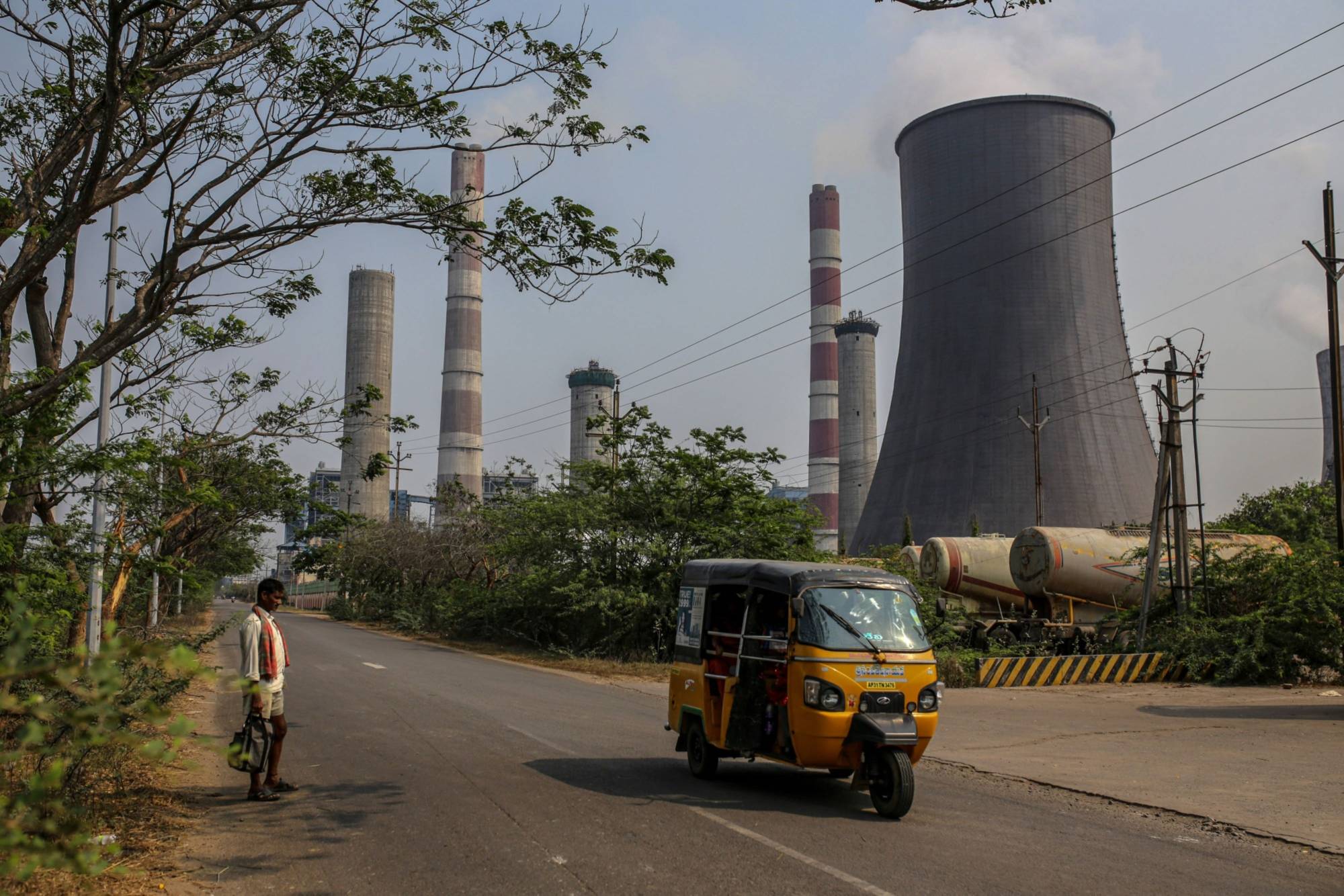There is a phrase that is gaining more traction in the international climate change policy debate: loss and damage.
The concept — straight compensation for the economic destruction that will result from climate change — is a relative newcomer to the thicket of jargon that surrounds climate diplomacy. Many nations, particularly in the global south, would like to see it take its place as a third pillar of climate funding. That would place it alongside mitigation (technologies such as solar and wind farms that prevent emissions) and adaptation (making infrastructure resilient to the effects of warming).
The need for such assistance is clear. Poor nations that contributed the least to historical carbon dioxide emissions are likely to bear the brunt of the weather disasters it will cause over the coming decades. This year alone, drought in Brazil and East Africa cost $6 billion and floods in South Asia cost more than $8 billion, insurer Aon PLC wrote in a report recently. The rich nations that can afford the services of Aon and its peers aren’t the ones most in need of support: Of $1.5 trillion in economic losses from disasters over the past five years, just $561 billion was covered by insurance.



















With your current subscription plan you can comment on stories. However, before writing your first comment, please create a display name in the Profile section of your subscriber account page.